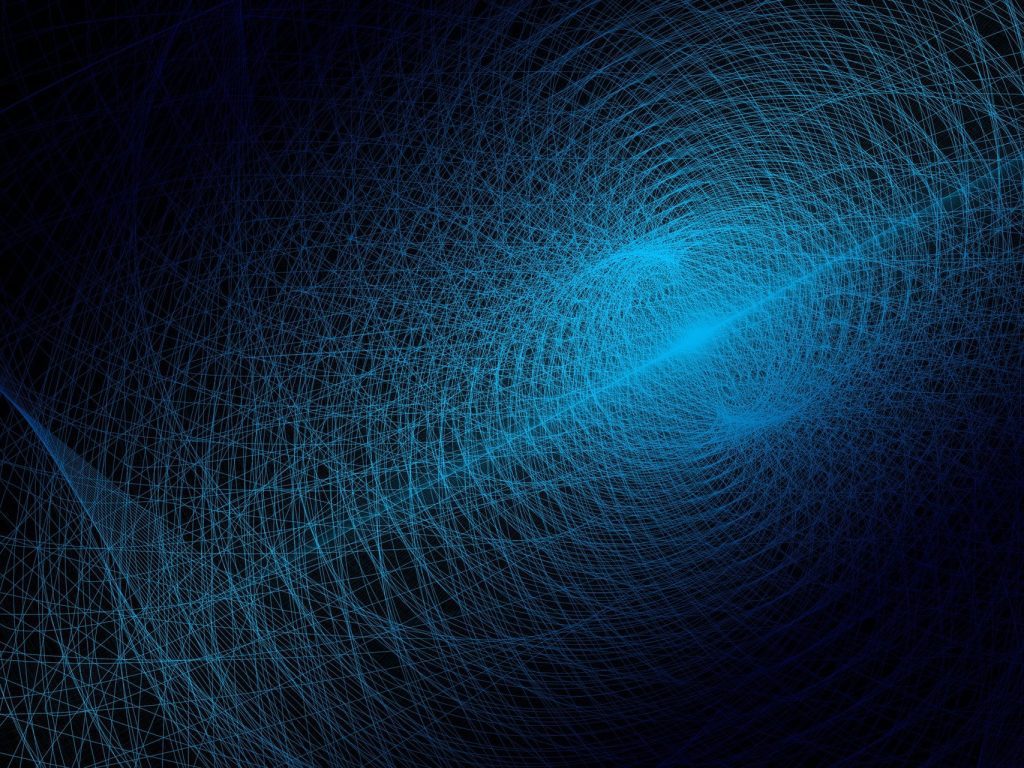An extension of Heisenberg's uncertainty principle, which sets limits on how precisely an object's properties can be measured, it shows that it is truly impossible to circumvent the laws of quantum physics.
Quantum mechanics states that it is impossible to know exactly where you are and exactly where you are going at the same time. This idea, Heisenberg's Uncertainty Principle, has been known for nearly a century. Now physicists have gained greater certainty about this uncertainty.
Before the development of quantum physics, researchers who wanted to measure more accurately simply looked for better measuring tools. But in 1927, Werner Heisenberg discovered that on the quantum scale there is a fundamental limit to how precisely certain pairs of measurements, such as position and momentum, can be measured simultaneously.
Read also
Condensed matter deserves more love
Felix Flecker says condensed matter is an area that deserves more attention than it gets.
Marble collision
Now two Japanese physicists, Yui Kuramochi From Kyushu University and Hiroyasu Tajima from the University of Electrical Communications in Tokyo, demonstrated that a version of Heisenberg's uncertainty principle also applies when measuring only one variable. They describe their evidence in the scientific journal Physical review letters.
Since the 1950s, researchers have wondered whether Heisenberg's description should be adapted to systems such as the collision of two balls, where the combined momentum is conserved. This means that the sum of the pulses of the two balls has the same value before and after their collision. Would this additional condition make it possible to circumvent the uncertainty principle, so that you could accurately measure the position of the two balls?
For simple systems, where measurements yield discrete values such as 0 or 1, the answer seems to be “no.” But when it comes to systems such as ball collisions, position and momentum have continuous values, not discrete values. This makes the math more complicated.
A completely new approach
Researchers still assume that it is impossible to escape the uncertainty principle, but they have not yet been able to prove this. “This required a completely new approach, and we developed it,” says Kuramochi.
The mathematical difficulty was that physicists had to provide calculations and proofs for a very general concept of “position”: since it can take an infinite number of values, it must be represented by an infinitely large grid of numbers. To get around this, they used a clever mathematical trick. In doing so, they hidden this infinite network in another mathematical object, a function. They can use this function for most of the proof, and then return back to the grid view of the position near the end, only after doing all the calculations that would not have been possible otherwise.
Forever
Theoretical physics Leon Loveridge The conclusion reached by the new evidence is “absolutely universally applicable, across all experiments, all measurement reactions, in perpetuity,” says the University of Southeastern Norway's conclusion. He says there is no way around this and get a more accurate measurement of a quantum object's position.
While this work deepens our understanding of the quantum nature of reality, it is currently unclear whether it also plays a role in applications, such as quantum technology, Loveridge says. The measurement effect is subtle, and it is difficult to determine which experiments it applies to.
Quantum physics, he says, is full of questions about how measuring instruments affect the things they measure. Although physicists now have greater certainty about uncertainty, they are still unsure what it means in practice.

“Coffee buff. Twitter fanatic. Tv practitioner. Social media advocate. Pop culture ninja.”








More Stories
Dutch IT Channel – IT systems will provide ‘tax authorities’ with more room for changes from 2027′
Scientists are mixing bacteria with plastic to create a 'living plastic' that appears to have remarkably good properties
Moroccan Asma Boujibar receives $300,000 from NASA